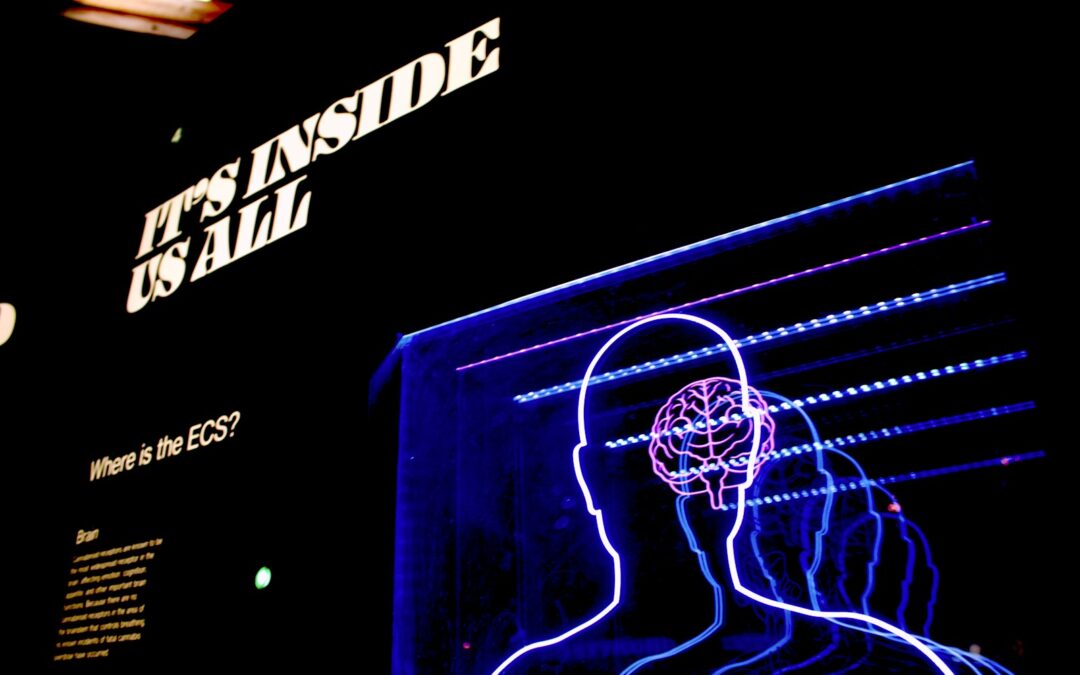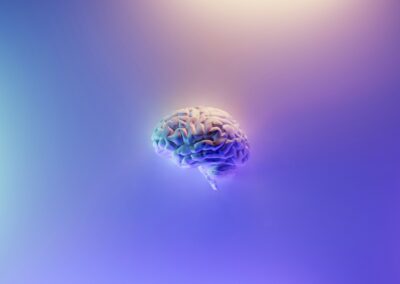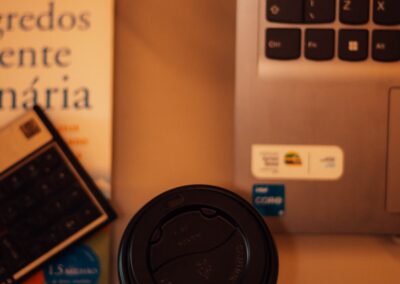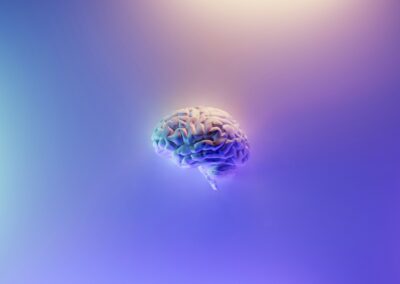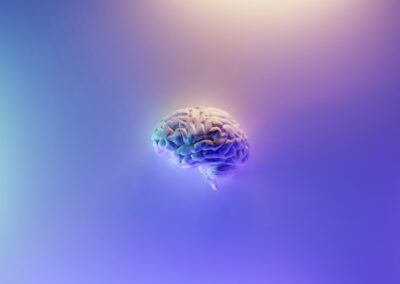Revolutionizing Communication for Locked-In Syndrome Patients
Understanding Brain-Computer Interfaces
Brain-Computer Interfaces (BCIs) represent a groundbreaking advancement in technology, providing new avenues for communication and interaction for individuals with severe motor disabilities, such as locked-in syndrome. BCIs function by interpreting brain signals and converting them into commands that can control external devices, thus enabling users to communicate and interact with their environment despite their physical limitations. This innovation is particularly impactful in regions like Saudi Arabia and the UAE, where healthcare systems are increasingly integrating cutting-edge technology to enhance patient care.
Locked-in syndrome is a condition characterized by near-total paralysis, where patients remain conscious and cognitively intact but are unable to move or speak. For these individuals, BCIs offer a beacon of hope by allowing them to convey their thoughts and needs through brain-controlled devices. By leveraging neuroplasticity and advanced signal processing algorithms, BCIs can translate specific brainwave patterns into actionable commands, thereby enabling communication and interaction in ways previously thought impossible.
Applications and Benefits of BCIs
The primary application of BCIs for patients with locked-in syndrome is in facilitating communication. Traditional communication methods, such as eye-tracking systems, can be cumbersome and limited. In contrast, BCIs offer a more direct and efficient means of communication by bypassing the need for physical movement altogether. For example, patients can use BCIs to select letters on a virtual keyboard by focusing on specific thoughts, enabling them to form words and sentences. This technology drastically improves the speed and ease of communication, thereby enhancing social interaction and reducing feelings of isolation.
Beyond communication, BCIs can also empower patients to interact with their environment in more meaningful ways. Brain-controlled devices can operate home automation systems, allowing patients to control lights, adjust the thermostat, and manage other household appliances using only their thoughts. This capability not only increases independence but also improves the overall quality of life by providing greater control over one’s environment. In cities like Riyadh and Dubai, where smart home technology is rapidly evolving, the integration of BCIs into these systems represents a significant step forward in creating accessible living spaces for individuals with disabilities.
Challenges and Future Directions
While BCIs offer tremendous potential, their implementation is not without challenges. One of the primary obstacles is ensuring the accuracy and reliability of brain signal interpretation. The human brain is incredibly complex, and distinguishing specific signals for communication or control can be difficult. Advances in artificial intelligence and machine learning are critical in overcoming these challenges by improving the precision of signal processing algorithms and enhancing the overall functionality of BCIs.
Another significant challenge is the need for user training and adaptation. Patients must learn how to generate specific brainwave patterns that the BCI can recognize and interpret. This process requires time, patience, and consistent practice, both from the patients and their caregivers. In regions like Saudi Arabia and the UAE, where there is a strong focus on healthcare innovation, developing comprehensive training programs and support systems will be essential for the successful adoption of BCIs.
AI and Machine Learning in BCIs
The integration of artificial intelligence (AI) and machine learning with BCIs holds significant promise for improving their effectiveness. AI can enhance the accuracy of brain signal interpretation by continuously learning and adapting to the user’s brainwave patterns. This personalized approach ensures that BCIs become more intuitive and responsive over time, providing a seamless user experience. In tech-forward regions like Riyadh and Dubai, where AI adoption is rapidly growing, the convergence of AI and BCI technology is likely to drive significant advancements in patient care.
Moreover, machine learning algorithms can analyze vast amounts of brainwave data to identify patterns and trends that may not be immediately apparent. This analysis can lead to new insights into brain function and behavior, further informing the development of more effective BCIs. By harnessing the power of AI and machine learning, BCIs can become more robust, reliable, and capable of meeting the diverse needs of patients with locked-in syndrome.
#BrainComputerInterfaces #BCIs #Neurofeedback #LockedInSyndrome #Communication #AI #Blockchain #SaudiArabia #UAE #Riyadh #Dubai

